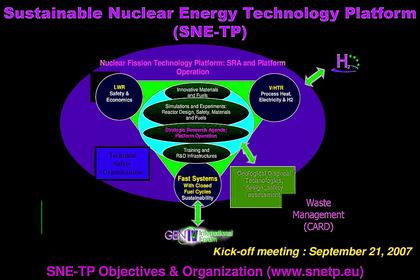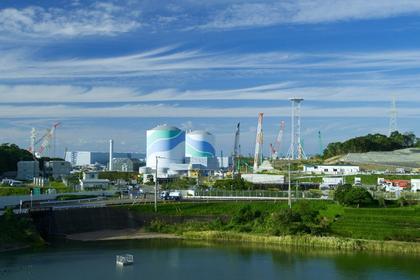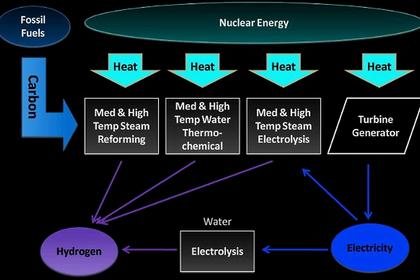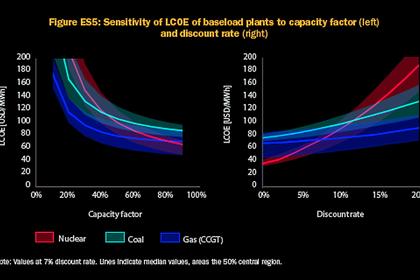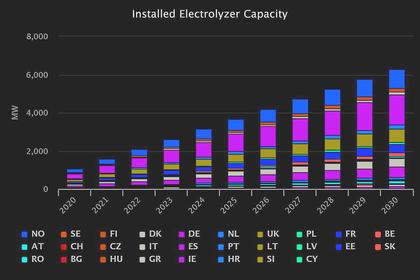
SMALL NUCLEAR ADVANCES 2021
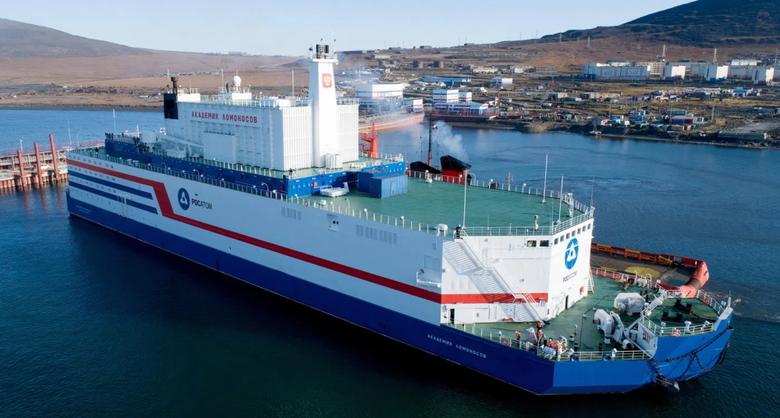
By Francesco Venneri CEO Ultra Safe Nuclear Corp.
ENERGYCENTRAL - Feb 3, 2021 - The dawn of small and micro nuclear reactors brings with it the promise of reliable, commercially viable energy in a safer form factor. A new generation of smaller reactors will gain traction in 2021 and demonstrate the big advantages of a smaller approach.
The new designs of small modular reactors (SMRs) and micro modular reactors (MMRs) provide inherent safety. The most advanced of these reactors feature walk-away designs. In the case of an accident, the physics of the reactor do not allow it to melt down, as all heat dissipates passively into the environment, no matter the scenario.
The method of cooling advanced reactors has also been designed for safer operation. For example, several small reactor systems use helium for the transfer of heat. As an inert gas that’s radiologically transparent with no flashing or boiling possible, helium does not react chemically with the fuel or reactor core components. It is easy to accurately measure and control the helium pressure in the reactor.
Perhaps the most advanced safety innovations in nuclear energy are taking place at the fuel level. A next-generation TRISO particle fuel design, called Fully Ceramic Micro-Encapsulated fuel (FCM), will replace the 50-year-old graphite matrix of traditional TRISO fuel with Silicon Carbide (SiC), a material used in tank armor that is extremely resistant to radiation and thermal damage. The result is a safer nuclear fuel that can withstand higher temperatures and more radiation.
The SiC matrix in FCM fuel provides a dense, gas-tight barrier preventing the escape of fission products even if a TRISO particle should rupture during operation. The new matrix improves the structural and containment characteristics of TRISO particles, trapping and sealing radioactive fission products permanently, preventing contamination of the environment.
The fuel safety margin is so large that fission product retention is accomplished entirely by the fuel; no other containment is needed. There are no sudden temperature rises – the reactor shuts down naturally in all accident conditions.
The advances we will witness in 2021 will set the stage for a new era of safer nuclear energy, ushered in through a new generation of small and micro modular reactor designs.
-----
This thought leadership article was originally shared with Energy Central's Generation Professionals Group. The communities are a place where professionals in the power industry can share, learn and connect in a collaborative environment. Join the Generation Professionals Community today and learn from others who work in the industry.
-----
Earlier:
